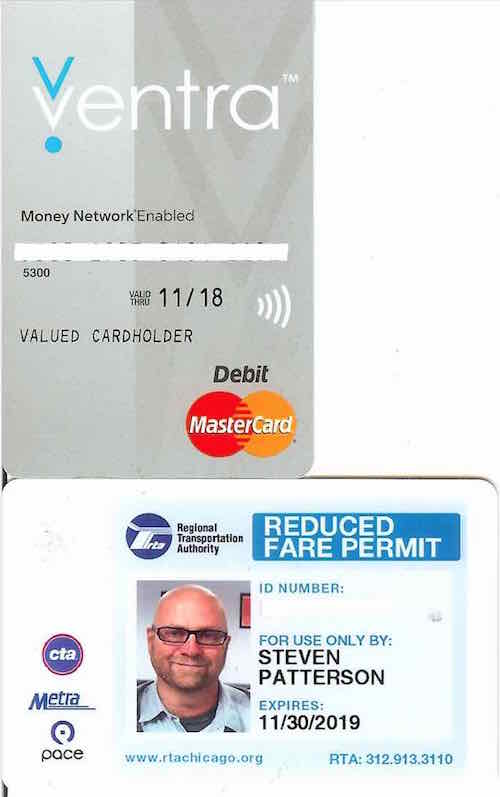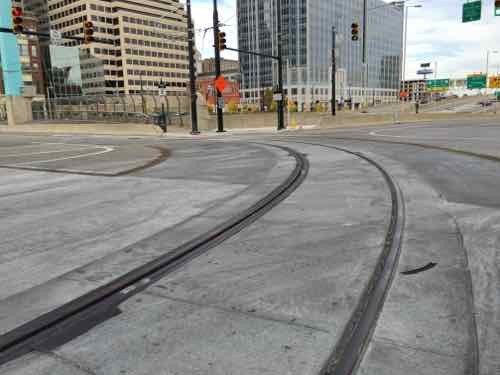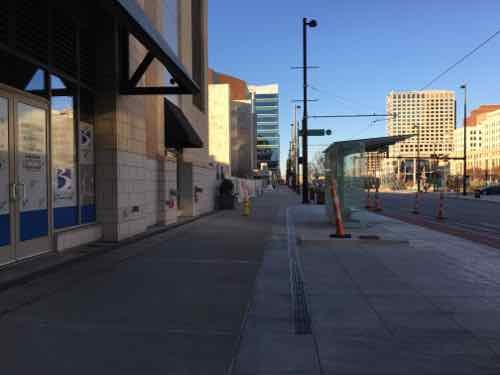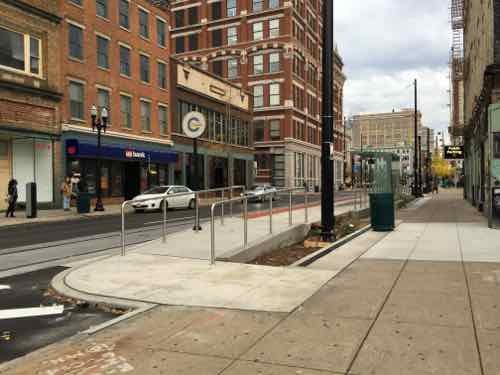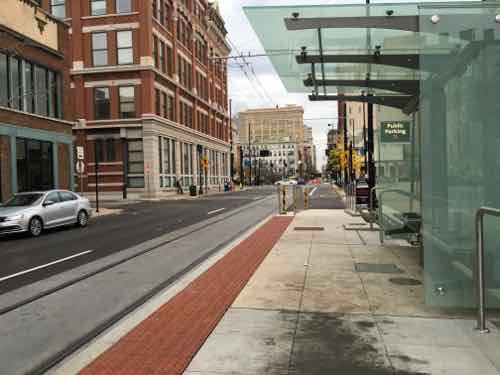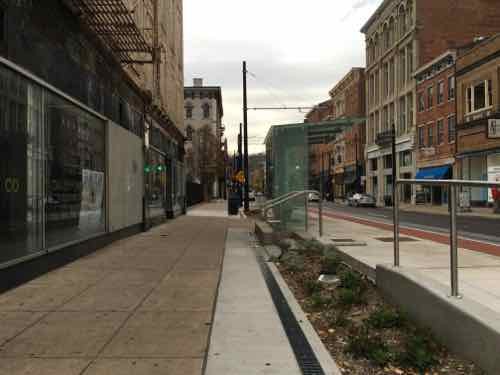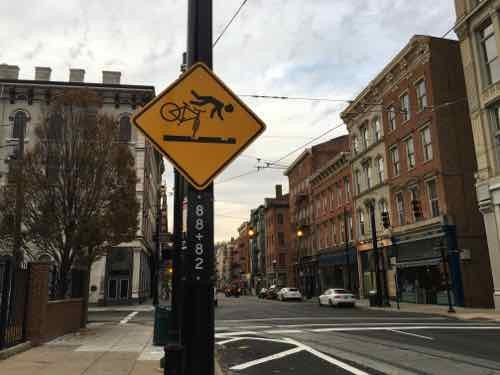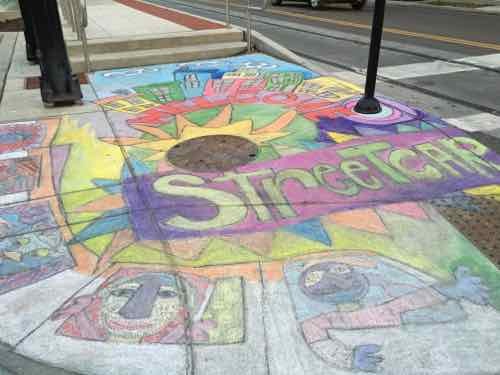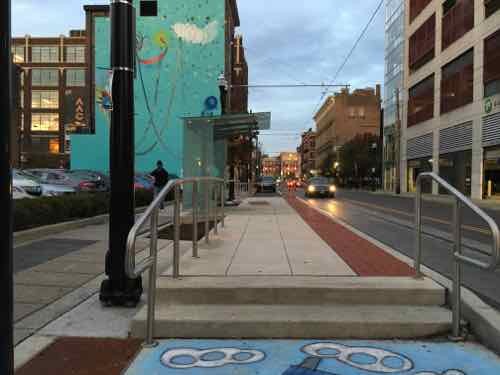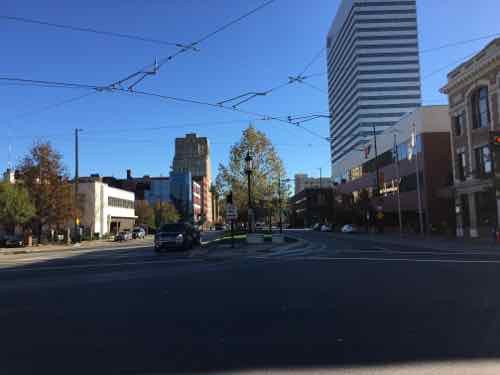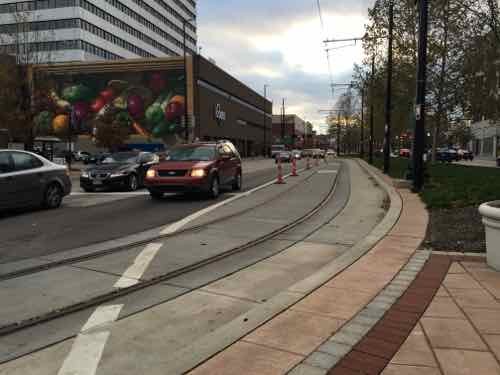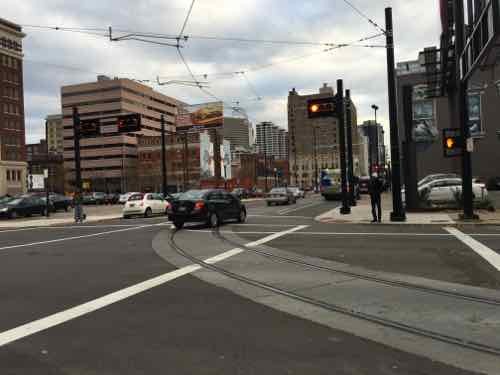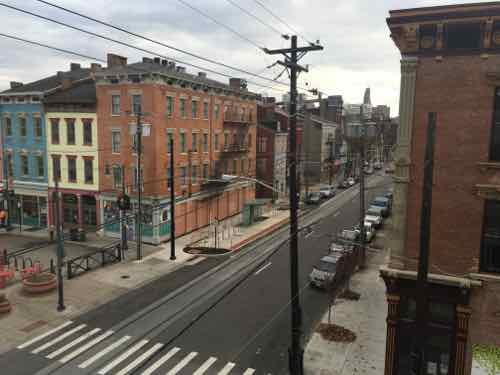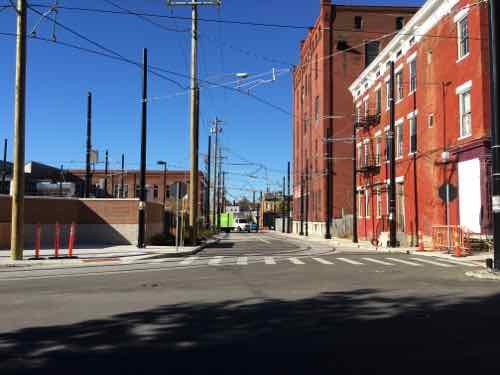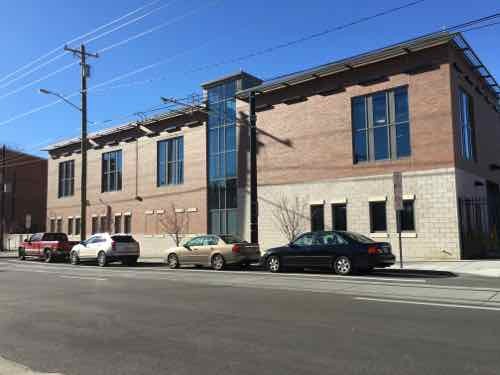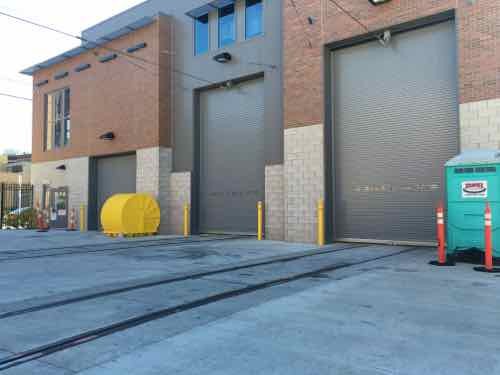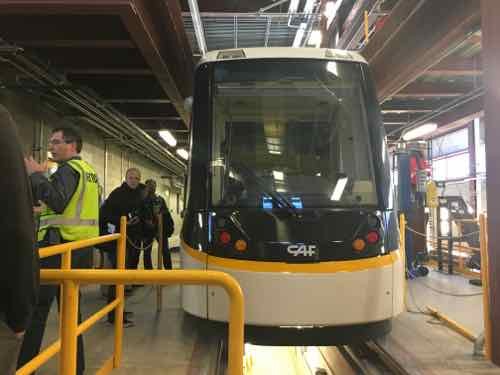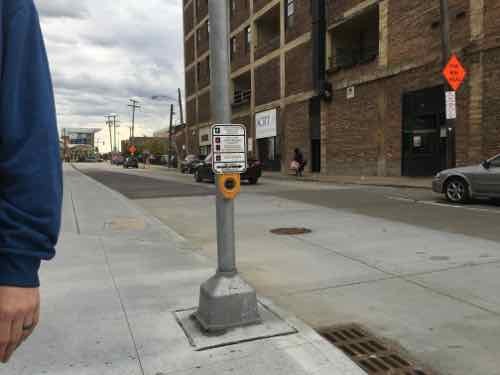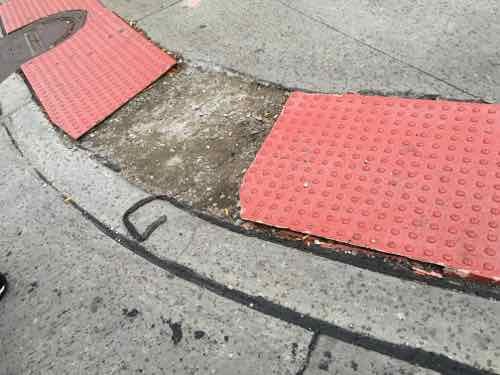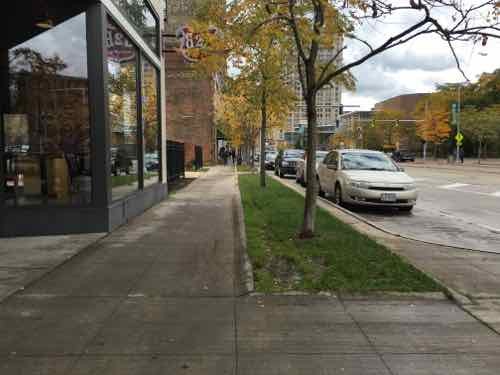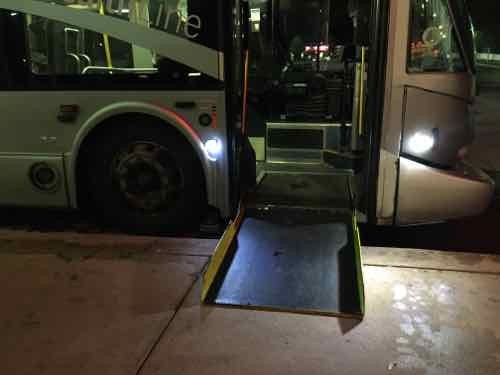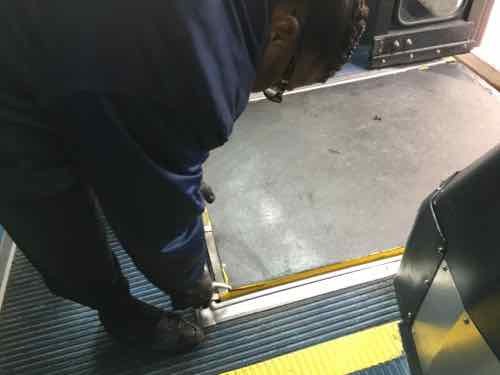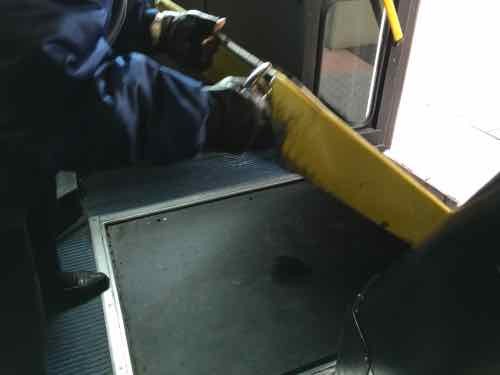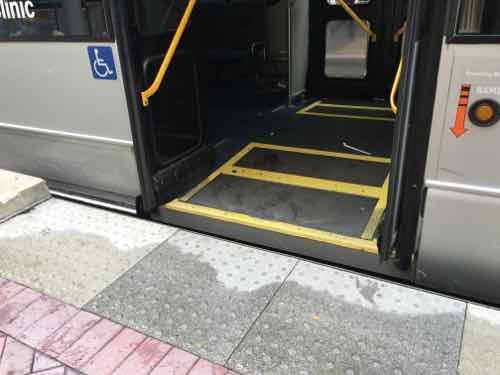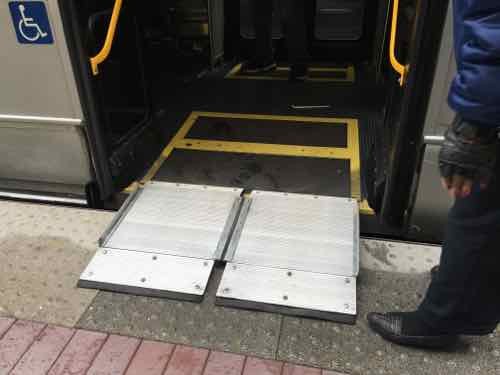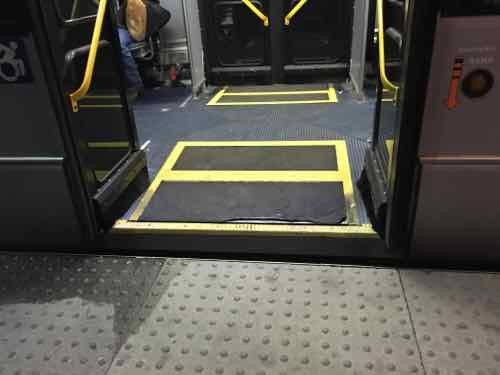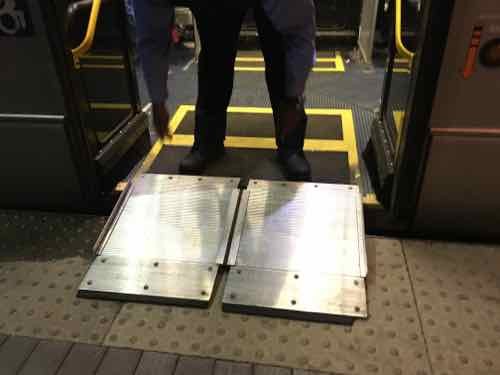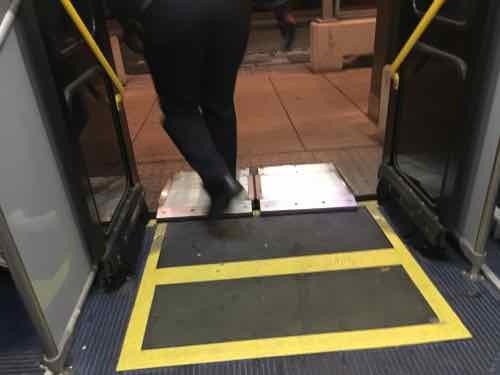A Look At Kansas City’s New Modern Streetcar
Last week leaders in the St. Louis region argued publicly over future pubic transit:
St. Louis Mayor Francis Slay has made clear his support for a north-south MetroLink expansion, saying it’s a top priority in his final year in office. But a recent push for money to plan such a route has met with strong resistance from St. Louis County Executive Steve Stenger.
Stenger, in a letter to the Federal Transit Administration, said he will not endorse the north-south route until other proposed routes are studied. (Post-Dispatch)
At the other end of the state, in Kansas City, there’s also a disagreement about the expansion of rail-based public transit. The local non-profit behind the new KC Streetcar wants to expand South on Main Street, while another is pushing a light rail plan.
[Clay] Chastain argues his plan gives Kansas City residents a real choice and a much more extensive rail transit system, from the airport to the Cerner Trails campus under construction in south Kansas City and from Union Station to the stadium complex.
He estimates it would cost $2 billion to build, or about $45 million per mile, although some light-rail systems have cost considerably more than that per mile. He assumes the federal government would provide $1 billion of that amount.
The local match would come from a 3/8-cent sales tax increase for 25 years, plus 3/8 cents that currently go for the bus system, once that tax expires in 2024. (Kansas City Star)
Anyone who has flown in/out of KC’s airport knows it is a long distance from downtown KC. It’s a 20-25 minute drive, but takes over an hour by bus. Frankly, they need to do both — expand the new streetcar and build light rail to far off destinations like their airport and stadiums.
Kansas City was without rail-based public transit from 1957 until May 6, 2016 — the day the 2.2 mile starter streetcar opened.
THE FUNDING:
- Cost to build: $100 million — $37 million from the federal government, $63 million from bonds.
- Cost to operate: $4 million annually to be paid by a combination of sales & property taxes within the transportation district.
- Fare: $0 — free
- Local comparison: Our Loop Trolley vintage streetcar project. also 2.2 miles long, is costing $51 million to build. The 8-mile cross-county MetroLink extension that opened in 2006 cost $430 million.
THE VEHICLES:
- “Each vehicle is 77 feet and 8 inches long; 78,000 pounds; and 12 feet tall.”
- “Each vehicle capacity is approximately 150 riders and is bi-directional (can run both directions). There is a combination of sitting and standing within the streetcar.”
- “There are three “cars” in each streetcar vehicle, with 4 sets of doors (one on each end and two in the middle car).”
- Each of the four vehicles cost $4.39 million each (source).
- Same as vehicles used in the Cincinnati Streetcar opening later this year.
- Model: CAF Urbos 3 100% low-floor
- Manufactured in Elmira NY by CAF USA, a subsidiary of a Spanish company.
- To meet US crash-standards the body is made of steel
- Comparison: our 4-car light rail vehicles are 90 feet long; capacity of 72 seated plus 106 standing
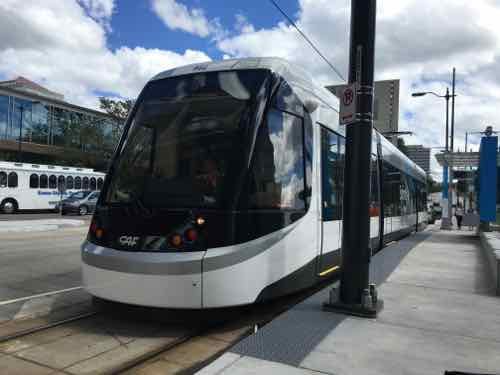
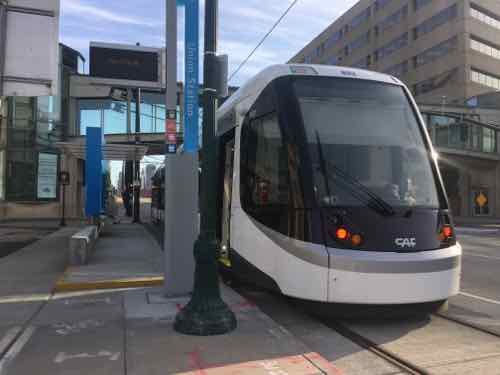
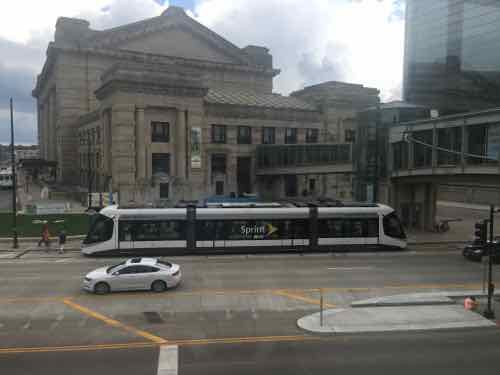
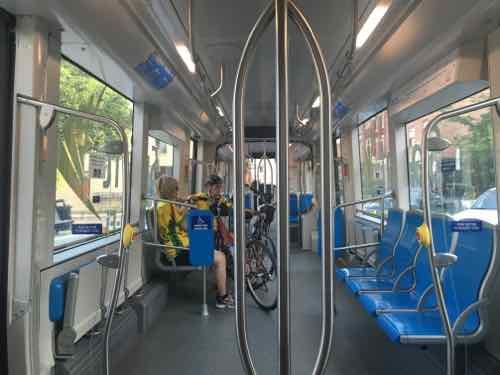
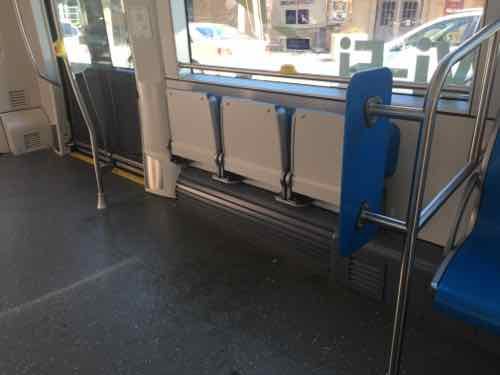
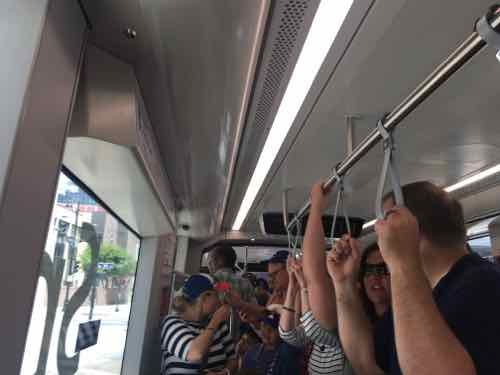
THE ROUTE:
Kansas City is lucky to have Main Street as a central arterial. We have Olive/Lindell, but they’re very different. The 2.2 mile route does a loop on the North end around their River Market area. It goes down Main and ends at Union Station.
The route is 2.2 miles long and travels along Main Street in downtown Kansas City from the River Market to Union Station/Crown Center. The route also includes a loop around the City Market and runs on 3rd St on the north, Delaware on the west, 5th St on the south, and Grand on the east. (KC Streetcar FAQ)
An extension to continue South on Main Street is already being planned.
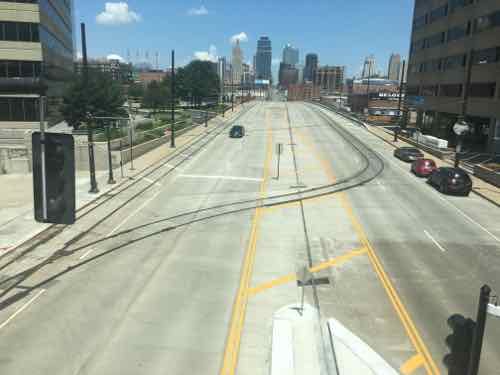
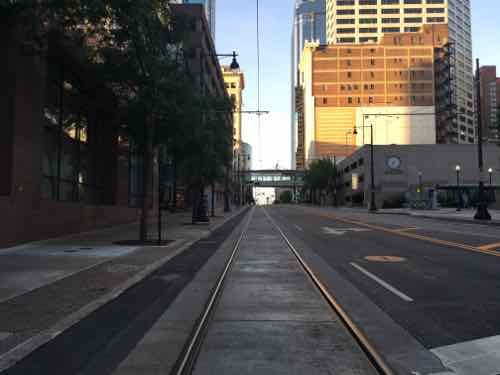
See a route map here.
THE STOPS:
Stops are every few blocks, over the 3-day weekend I rode the streetcar a few times but also traveled the route on the sidewalk. For the most part. the stops are built out into the parking lane — leaving the sidewalk unblocked.
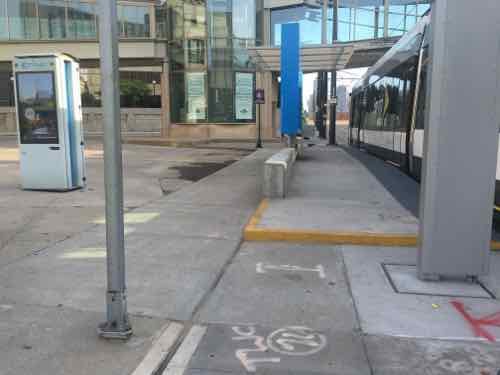
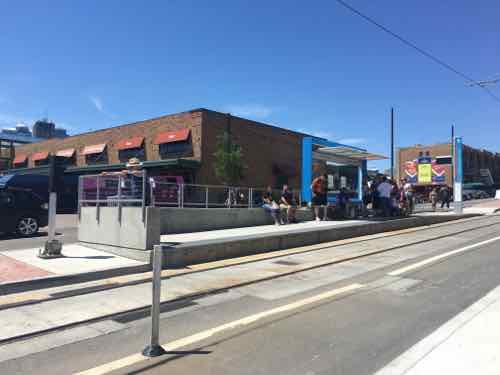
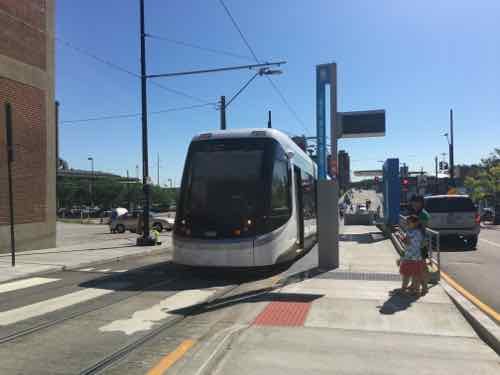
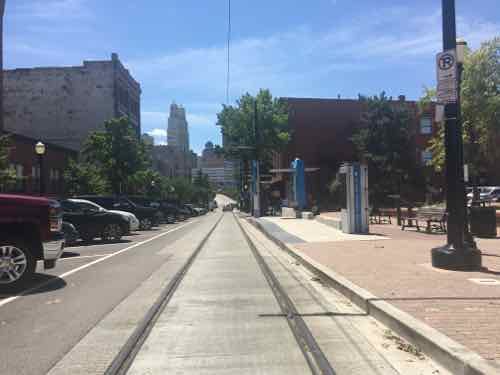
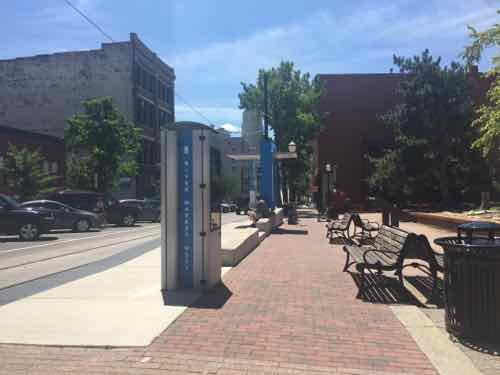
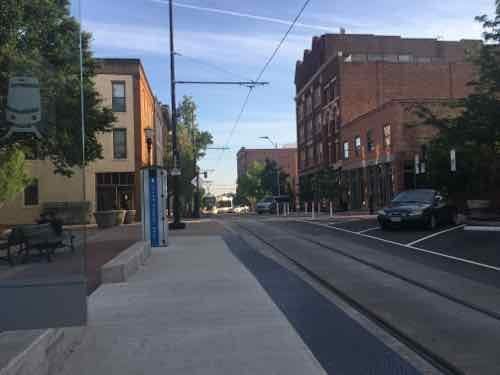
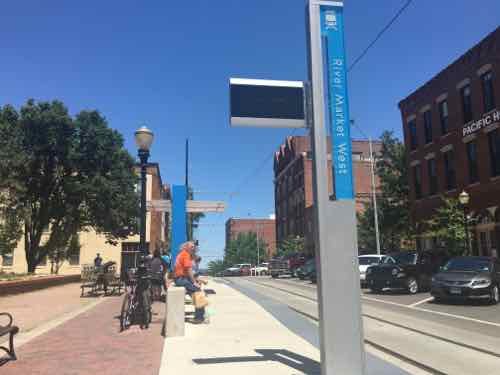
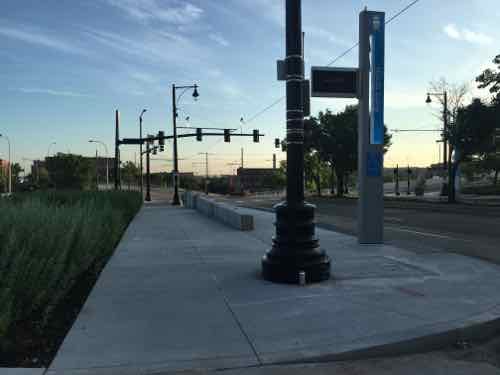
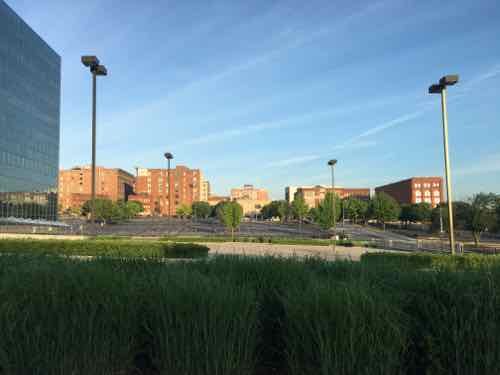
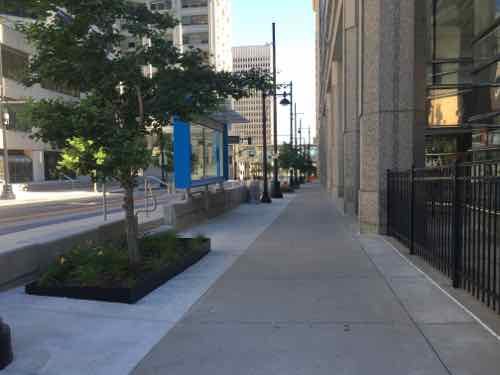
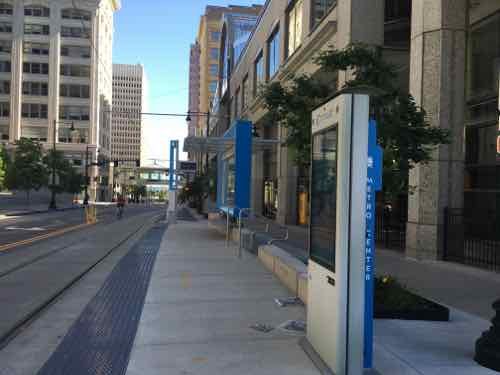
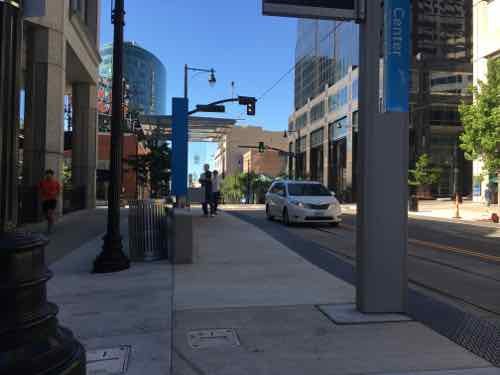
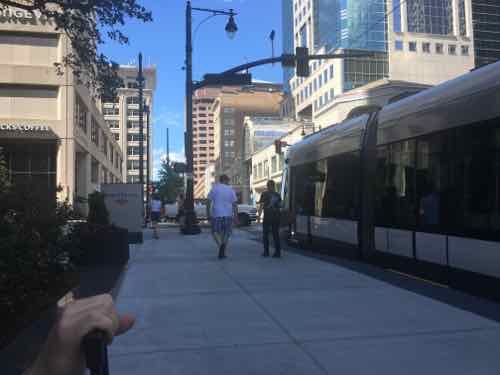
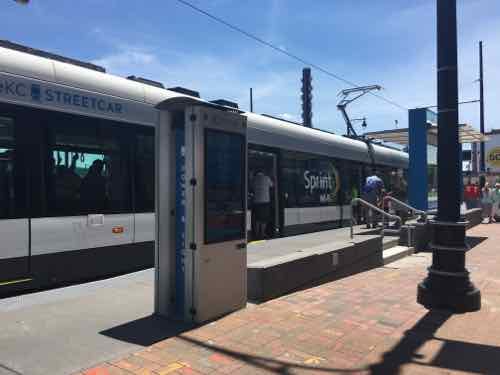
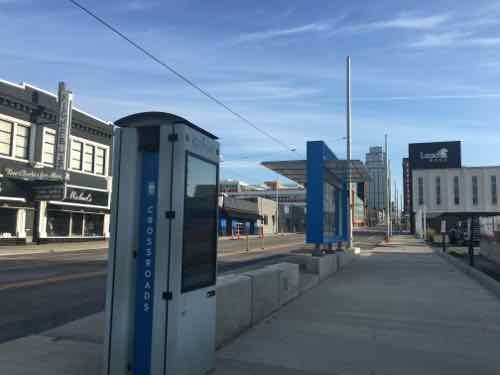
NEW CONSTRUCTION:
New construction is everywhere in Kansas City, especially near the streetcar route.
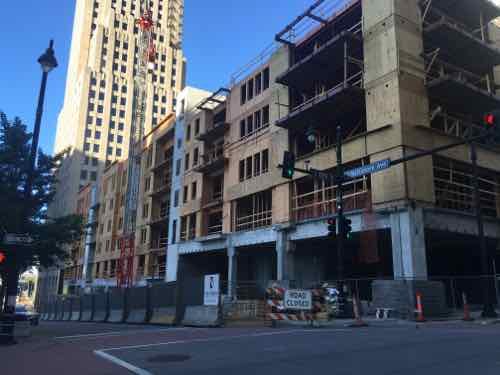
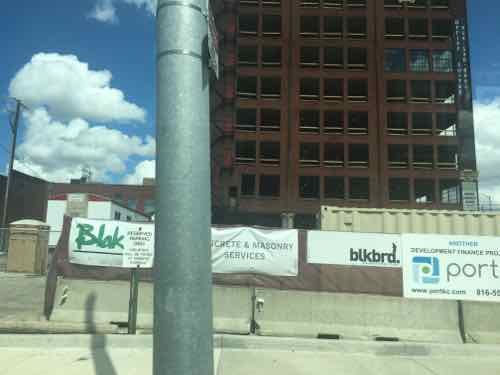
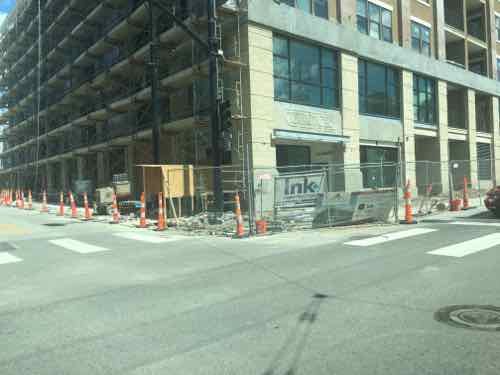
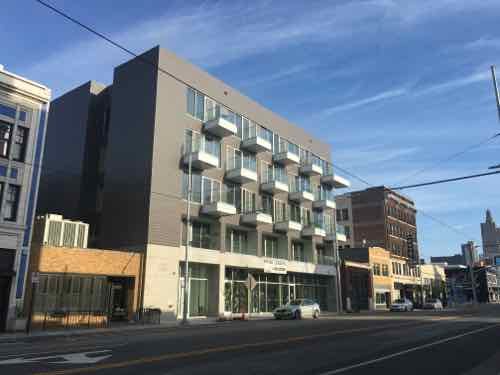
VIDEO:
I put together a brief video of various clips I took:
FINAL THOUGHTS:
Their streetcar isn’t meant to be a regional system, at least not initially. CAF makes very similar vehicles for use in higher-speed light rail applications, so if they ever do a light rail line the vehicles could look just like their streetcar.
The main problem we experienced was crowds — but it was a nice holiday weekend in the first month of service. Would like to ride it on a regular weekday. We did speak to a retired couple that recently moved from the suburbs to new construction downtown — the streetcar was one reason,
Being right there it helped add life to the street. It’ll be interesting to see if they’ll be able to expand.
— Steve Patterson
